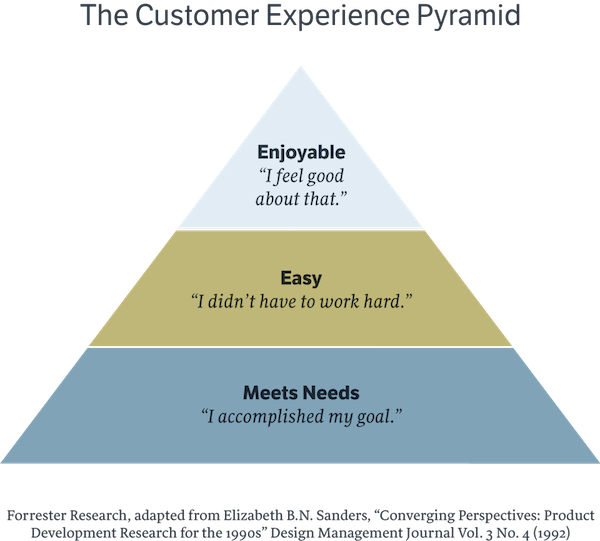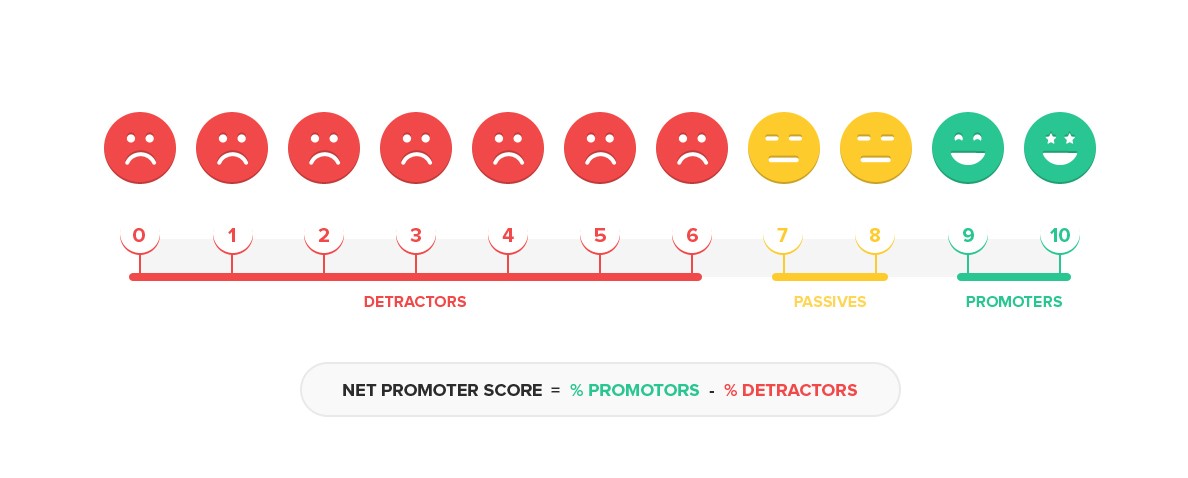Measure the satisfaction of your customers by asking them 3 simple questions. It may sound too good to be true, but it is perfectly possible!
Question 1: How well did we solve your problem?
This is where it all starts, as long as you’re unable to fulfill the needs of your customer, your customer will never really be satisfied. That is why you should ask your customer a simple question such as: “On a scale of 0 to 10, how satisfied were you during your recent interaction with our organization?” As simple as that!
Question 2: How easy was it to communicate with us?
Solving a problem is one thing, but how easy was it for your customer to get a solution to their problem? For example, in your retail store, did your customer have to wait 15 minutes to be served or was it with 5 minutes? How many times did your customer have to return to your store because their order was delayed? How long did your customer have to wait over the phone for the help desk? Obtaining your customer’s feedback regarding your service is an important part of determining customers’ satisfaction level. As above, use a response scale from 0 to 10.
Question 3: How pleasant was it to work with us?
To guarantee an excellent Customer Experience, you have to make sure the customer enjoys collaborating with you. Work with a 0-10 point response scale here as well.
Do something with the results
The three questions stated above are based on Forrester’s Customer Experience Index. Forrester has investigated that Customer Experience takes place on three levels, which are as following:
- “Meet needs”, or solves your customer’s problem
- “Easy”, or makes it easy for your customer
- “Enjoyable”, or makes it pleasant for your customer

How can you calculate the Customer Experience Index (CXi)?
Each question will be rated from 0 to 10, with 10 being the best score. For each of the 3 questions above:
- Count the total number of people who responded to the question.
- Count the number of people who give you a 9 or a 10 and calculate this as a percentage of the total. These are the ‘promoters’.
- Count the number of people who give you a score of between 0 and 6 and calculate this as a percentage of the total – these are the ‘detractors’. The ‘passives’ are those that scored 7 or 8.
- Subtract the detractors from the promoters i.e. the #3 percentage from the #2 percentage.
- The result is the CX Index for the question.
By comparing the 3 results, you can identify the customer experience problem areas and begin to improve them. The average of the 3 results is the composite Customer Experience Index that can be used for comparison purposes over time as you become more and more customer-friendly! See the example below:

